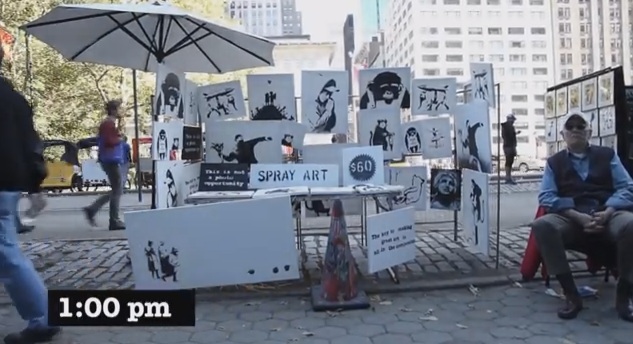
Ludie CochranePebbles, did you put out our curbside recycling bin?
When they weren’t busy discovering fire, making smeary cave art, and driving foot-powered cars, cavemen and -women were recycling pioneers, Phys Org reports:
There is mounting evidence that hundreds of thousands of years ago, our prehistoric ancestors learned to recycle the objects they used in their daily lives, say researchers gathered at an international conference in Israel …
Just as today we recycle materials such as paper and plastic to manufacture new items, early hominids would collect discarded or broken tools made of flint and bone to create new utensils, [archaeologist Ran] Barkai said.
Recycling was vital for our predecessors’ survival, researchers asserted — not just something environmentally practical. It saved early humans, Neanderthals, and other hominids time and energy sourcing raw materials (probably so they could focus instead on making those one-shoulder rawhide dresses). In a cave near Tel Aviv, for instance, researchers found 200,000-year-old flint chips that SOMEBODY (Bam-Bam?!) repurposed as silverware:
Some 10 percent of the tools found at the site were recycled in some way, [archaeologist Avi] Gopher said. “It was not an occasional behavior; it was part of the way they did things, part of their way of life,” he said.
Geologist Giovanni Boschian adds that bone tools dating back 300,000 years were found near Rome:
“We find several levels of reuse and recycling,” he said. “The bones were shattered to extract the marrow, then the fragments were shaped into tools, abandoned, and finally reworked to be used again.”
Great! That’s not creepy at all. Thanks, Barney and Fred!



